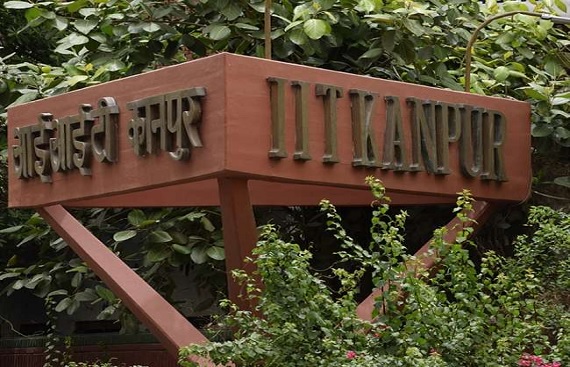IIT-Kanpur Unveils India's First Hypervelocity Tunnel Test Facility
By
siliconindia | Monday, 05 February 2024, 12:43 Hrs

India has achieved a significant milestone with the successful establishment and testing of the country's inaugural Hypervelocity Expansion Tunnel Test Facility at the Indian Institute of Technology Kanpur (IIT-K). Known as S2, this facility has propelled India into the select league of nations possessing advanced hypersonic testing capabilities. The officially released information highlights S2's capability to generate speeds ranging from 3 to 10 kilometers per second, effectively simulating hypersonic conditions relevant to atmospheric entry of vehicles, asteroid entry, scramjet flights, and ballistic missiles.
The newly established Hypervelocity Expansion Tunnel Test Facility, S2, also known as 'Jigarthanda,' holds significant importance for the ongoing missions led by ISRO and DRDO, including Gaganyaan, Reusable Launch Vehicle (RLV), and hypersonic cruise missiles. Positioned at the Hypersonic Experimental Aerodynamics Laboratory (HEAL) within the Department of Aerospace Engineering at IIT-Kanpur, S2 spans a length of 24 meters. This indigenous facility, nicknamed 'Jigarthanda,' was meticulously designed and developed over a three-year period, with financial and logistical support from the Aeronautical Research and Development Board (ARDB), the Department of Science and Technology (DST), and IIT-Kanpur.
Professor S. Ganesh, Director, IIT-Kanpur, said, "The successful establishment of S2, India's first hypervelocity expansion tunnel test facility, marks a historic milestone for IIT-Kanpur and for India's scientific capabilities. S2 will empower India's space and Defence organizations with domestic hypersonic testing capabilities for critical projects and missions".
Professor Mohammed Ibrahim Sugarno, Associate Professor, Department of Aerospace Engineering and Centre for Lasers & Photonics at IIT-Kanpur said, "Building S2 has been extremely challenging, requiring in-depth knowledge of physics and precision engineering. The most crucial and challenging aspect was perfecting the 'free piston driver' system, which requires firing a piston at high pressure between 20-35 atmospheres down a 6.5 m. compression tube at speeds of 150-200 m/s, and bringing it to a complete stop or 'soft landing' at the end". "However, with our expertise, we were able to overcome this. Our team is proud to have designed, built, and tested this one-of-a-kind facility, cementing India's position in the elite global hypersonic research community", he added.
Professor GM Kamath, Head, Department of Aerospace Engineering, IIT-Kanpur, said, “With S2, we advance our research horizons, inspiring a new generation of aerospace enthusiasts and fostering innovation and exploration in this exciting field. Being the first in India to develop such a facility enables us to set a new benchmark for hypervelocity research in India and beyond".
